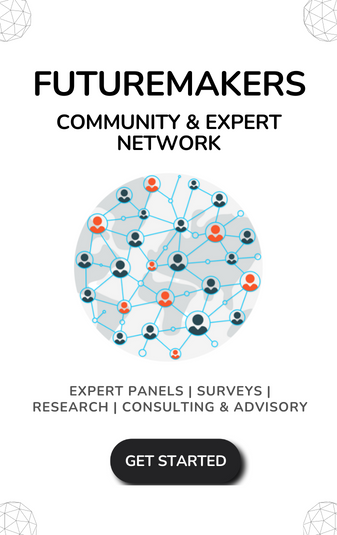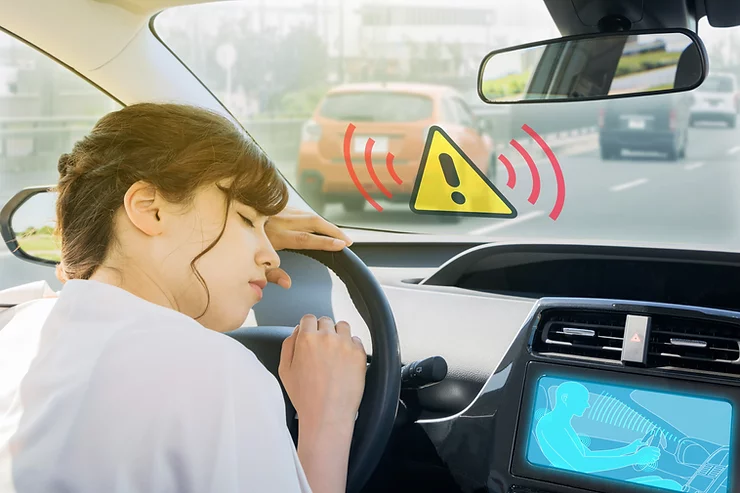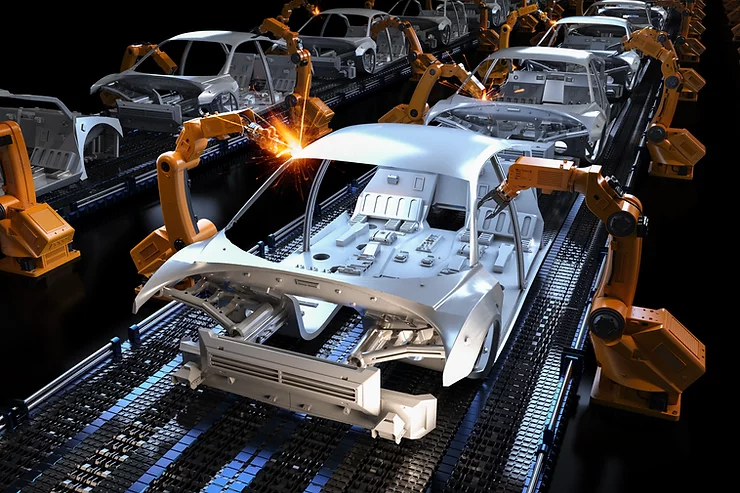How AI can transform Autonomous Traffic Scheduling
How AI Can Transform Autonomous Traffic Scheduling
 In the wake of urbanization, the world is observing a continuous increase in the growth of population. The growing need for transportation increases vehicle traffic, including cargo businesses. Despite its importance, transportation faces acute challenges to address constant congestion and poor traffic control management with the legacy infrastructures. As a result, there is a growing need for innovative solutions that can improve traffic flow and reduce road accidents. Artificial intelligence (AI) offers advanced and innovative solutions to these challenges with its autonomous capabilities that help in increasing autonomous traffic scheduling. AI integration is transforming industries and improving operations. Transportation departments benefit from AI traffic scheduling by optimizing routes and reducing accidents for smoother traffic flow.
In the wake of urbanization, the world is observing a continuous increase in the growth of population. The growing need for transportation increases vehicle traffic, including cargo businesses. Despite its importance, transportation faces acute challenges to address constant congestion and poor traffic control management with the legacy infrastructures. As a result, there is a growing need for innovative solutions that can improve traffic flow and reduce road accidents. Artificial intelligence (AI) offers advanced and innovative solutions to these challenges with its autonomous capabilities that help in increasing autonomous traffic scheduling. AI integration is transforming industries and improving operations. Transportation departments benefit from AI traffic scheduling by optimizing routes and reducing accidents for smoother traffic flow.
Current Traffic Scenarios in Autonomous Traffic Scheduling
Traditional traffic management systems often struggle to keep pace with the onslaught of vehicles flowing in rapidly during peak hours. Monitoring modern cars and motorbikes at high speeds regularly exacerbates the problem. Traffic management systems are slower to react, leading to longer congestion that causes delays with slow-moving traffic. Malfunctioning traffic lights due to weather and maintenance issues hinder the synchronization and flow of traffic.
Robust autonomous car technologies are being developed to enhance their effectiveness on roads. City planners and traffic controllers have to cope with the ever-growing mix of human-driven cars and semi-autonomous and autonomous cars. Keeping traffic moving freely is trickier as it requires instant monitoring, reactive capabilities, and adaptability in the traffic management systems. This is where AI is highly effective and can play a more prominent role in autonomous traffic scheduling systems.
Potential Contribution of AI in Traffic Scheduling
Enhancing Road Safety
Traffic scheduling ensures safety, compliance, and eliminates driving hazards for all road users beyond managing congestion. The waiting time for pedestrian crossings on traffic points can allow for better optimization of traffic lights. AI systems with cognitive sensing capabilities can reduce human errors and operate traffic lights autonomously. Models can monitor driver compliance and vehicle maintenance with sensors to update emission records.
Efficient Planning
AI is capable of performing with a large amount of data generated from traffic signals across the city. AI helps traffic control departments optimize route scheduling based on user data. From traffic signals, reducing wait time and managing heavy congestion by detecting traffic in real-time.
Monitoring and Traffic Prediction
Predictive capabilities of AI provide real-time traffic congestion forecasting using traffic monitoring data, including historical and current data. By utilizing traffic forecasting data, traffic control departments can facilitate better services by allocating extra time to traffic signals where congestion is unavoidable. Forwarding the results on possible congestion and related road information to citizens and logistics departments can enable better route planning. Furthermore, AI has the capability to predict the need for scheduling maintenance for traffic systems, thus ensuring they run efficiently at all times.
Moreover, AI can monitor traffic safety, speed limit compliance, road conditions, and alert people about possible maintenance required in a particular area. In case of a breakdown, alerts can be sent to traffic schedulers to remove a vehicle and avoid congestion. Moreover, traffic controllers and citizens can receive real-time alerts to plan for alternative routes in case of accidents or maintenance. So, unveiling autonomous traffic scheduling ability is necessary.
In Bengaluru, India, Siemens Mobility has developed an AI-based traffic monitoring system integrated into the traffic cameras. In addition, cameras can detect vehicles in real-time and send information to central traffic control. Then, AI algorithms can provide information on road traffic density at any given time, and traffic lights can relay information based on potential road congestion.
Alibaba’s City Brain focuses on minimizing road congestion based on the data. It is acquired from the traffic lights, CCTV cameras, and video recognition technologies to control the traffic flow.
Connected Mobility Infrastructure
Moreover, the idea of connected mobility involves having interconnected traffic signals linked to one another to alert each traffic point about the possibility of incoming traffic based on traffic conditions in a nearby traffic intersection. The purpose is to reduce the transit time of vehicles and coordinate by providing critical information on driving hazards requiring rescue vehicles. Moreover, developed countries are incorporating AI mobility solutions to enable green phases for cyclists, optimize ongoing traffic conditions, and facilitate better communication flow for efficient operation of electric buses.
Moreover, developers are increasingly developing intelligent healthcare solutions alongside mechanisms for intelligent traffic management offerings in modern urban infrastructure. Connected mobility solutions aim for solutions where autonomous traffic scheduling systems can communicate with nearing innovative healthcare systems in hospitals for emergency medical assistance situations.
Cities like Pittsburgh have already implemented AI intelligence traffic management solutions called Surtrac. AI technology is designed to optimize traffic flow as multiple dominant flows are shifting throughout the day. Surtrac follows a decentralized way to control traffic within the road network. Furthermore, the AI system provides autonomous traffic scheduling control, emission information, idle traffic signal time, and travel time. Surtrac solutions enable autonomous traffic scheduling allocation in green time based on actual incoming vehicle flows. The prediction of outflow to increase visibility of future incoming traffic. In the future, Surtrac plans to equip cars with talking capabilities and traffic signals. It provides real-time information on traffic conditions.
In the Netherlands, a pilot project is ongoing that activates traffic lights when sensors detect more cyclists through body heat signals.
Selective Vehicle Traffic Management
In addition to other autonomous traffic scheduling management systems, selective vehicle traffic management can prioritize emergency vehicles to avoid congestion. Siemens’s unobtrusive above-ground detection is an AI-based solution that offers high-quality and accurate detection rates for traffic control systems, including local buses and emergency vehicle priority.
AI-Driven Traffic Scheduling is a Need for Current and Future Generations
As AI continues to rise, it has become more advanced with sophisticated innovations capable of providing solutions with pinpoint accuracy. Today, real-time planning and decision-making are of high importance and even more so when it comes to traffic scheduling. Moreover, there are growing concerns of increasing vehicle traffic and pedestrians requiring hi-tech solutions capable of solving and managing traffic control faster and efficiently. With AI, there is no issue with weather conditions, and even malfunctioning traffic systems can be predicted ahead of time to ensure no disruptions occur in traffic management.
Moreover, manual interpretations can go wrong due to factors such as fatigue and pollution, playing significant roles in low-quality traffic management. The use of traditional systems causes additional problems with no scope of flexibility or adaptability. Thus, AI emerges to be a robust solution that is likely to play a significant role in managing and scheduling traffic with minimal or no manual interventions, thereby improving the traffic control efficiency and reducing the cost of operations. Moreover, with other crucial additions to traffic scheduling systems, such as monitoring, maintenance, and regulatory safety compliance, AI has indeed turned out to be the most comprehensive traffic scheduling system that can keep roads safer and congestion-free.






Leave a Comment